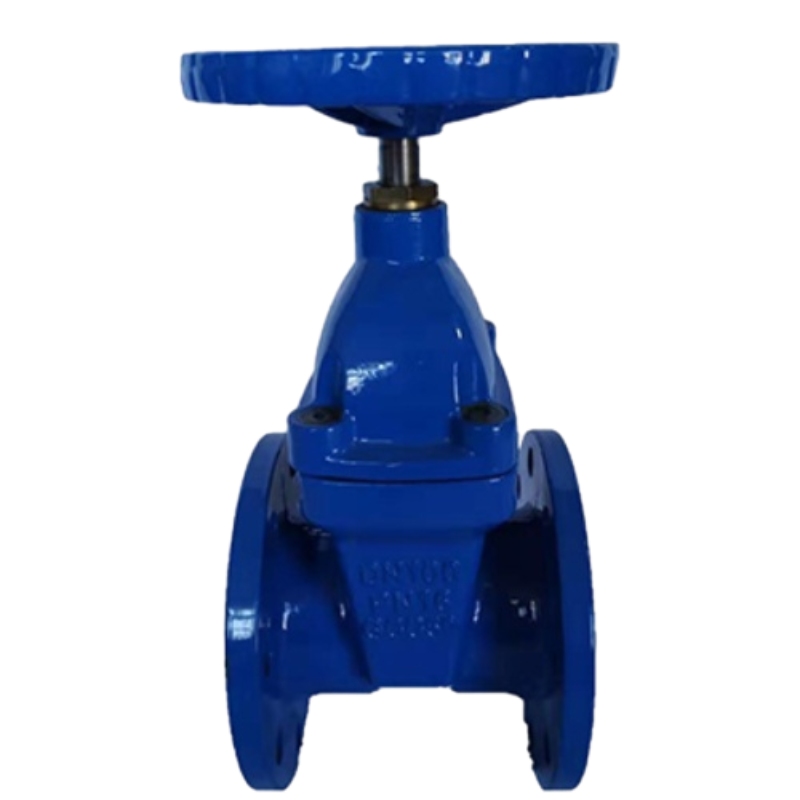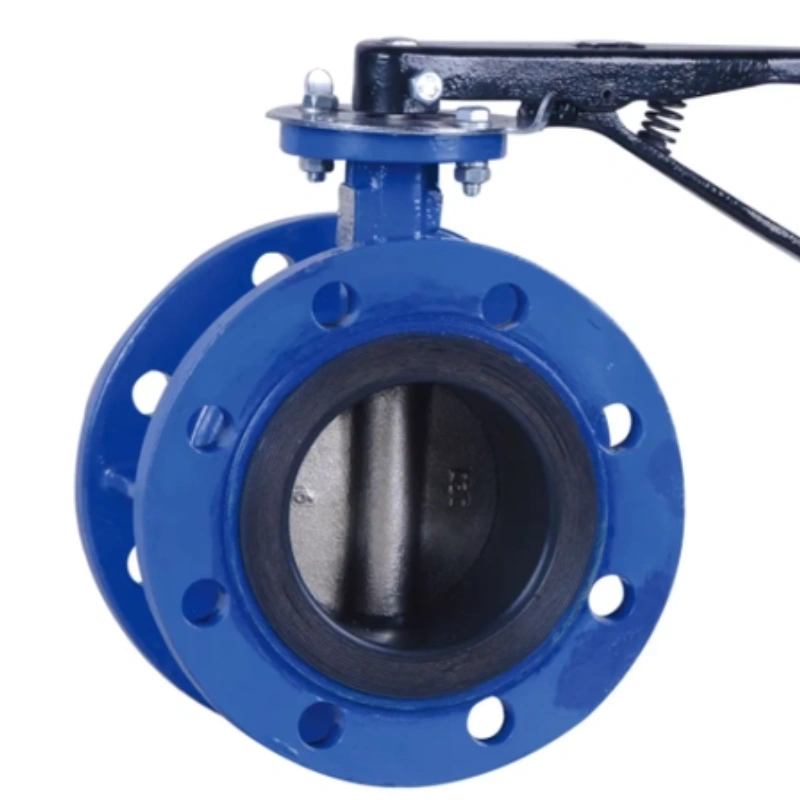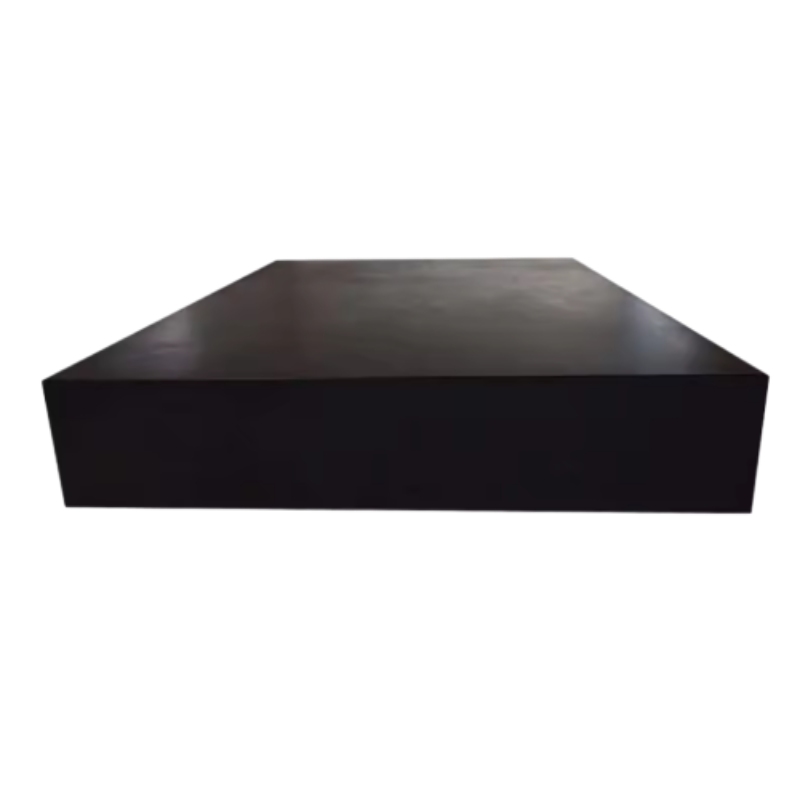Control Valve and Its Types: A Key Component in Fluid Systems
In industrial processes, fluid regulation is crucial for maintaining efficiency, safety, and performance. A control valve is an essential device used to control the flow, pressure, temperature, and level of fluids, gases, or steam within a system. By adjusting the flow of these substances, control valves help ensure that operations are carried out smoothly and safely, optimizing system performance.

Functionality of Control Valves
Control valves function by automatically adjusting their position in response to signals from a control system. These signals are typically based on desired setpoints, which could include factors like pressure or flow rate. The valve opens or closes to either increase or decrease the flow of the medium passing through it, maintaining the necessary conditions in the process.
Types of Control Valves
-
Globe Valve
The globe valve is one of the most common types used in control systems. It has a spherical body and provides precise flow control. Due to its design, the globe valve offers excellent throttling capabilities, making it ideal for applications that require frequent adjustments. -
Ball Valve
Ball valves feature a rotating ball that controls the flow of fluids. They are highly durable and provide fast, efficient on/off control. While ball valves are less suited for fine control compared to globe valves, they excel in applications where quick shut-off is needed.
-
Butterfly Valve
Known for their compact design, butterfly valves are used for regulating the flow of liquids, gases, and slurries. These valves are particularly suitable for large diameter pipes and offer a cost-effective solution for applications requiring moderate flow control. -
Pressure Relief Valve
Unlike typical control valves, a pressure relief valve is designed to open when the pressure in a system exceeds a predetermined limit. These valves are critical for safety, preventing over-pressurization that could lead to system failure or damage. -
Check Valve
A check valve, while not typically used for continuous flow control, ensures that fluid flows in one direction only. This prevents backflow, protecting equipment and maintaining system integrity.
Conclusion
Control valves are indispensable in a wide range of industries, from manufacturing to power generation. Their ability to regulate flow and pressure ensures that systems run safely and efficiently. Understanding the types of control valves available allows engineers to select the best option for each specific application, optimizing both performance and safety.
Golden AC generator | Filter DN50 | Metal Chain Link Fence | industrial metal supply With multiple core patented technologies and rigorous quality control systems (such as 9001 certification), we have established long-term partnerships with over 300 automotive manufacturers and component suppliers worldwide. Our products are exported to countries such as Europe, America, Southeast Asia, and Africa, with an annual production capacity exceeding 300000 units. We have won market trust with stable delivery and after-sales support.At the core of Storaen (Cangzhou) International Trading Co. portfolio lies its unparalleled expertise in cast iron welding platforms, measuring tools, plug gauges, ring gauges, and valves. These products, crafted with meticulous attention to detail and backed by stringent quality control measures, embody the hallmark of reliability and durability, catering to the diverse needs of industries worldwide.